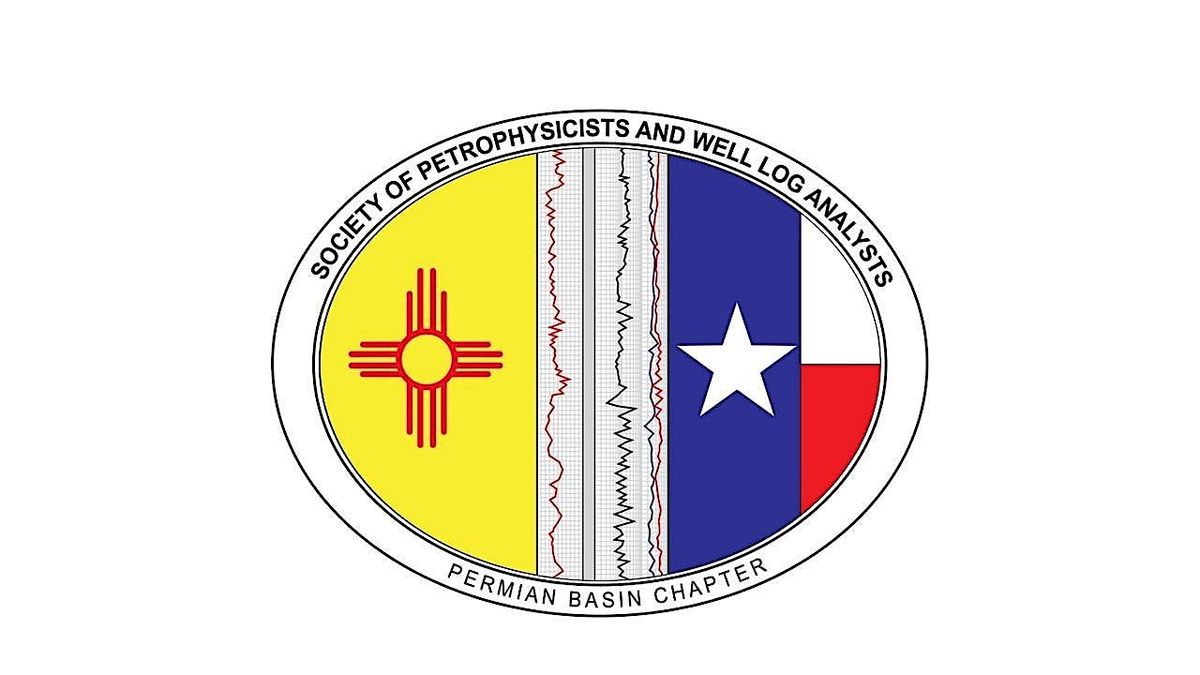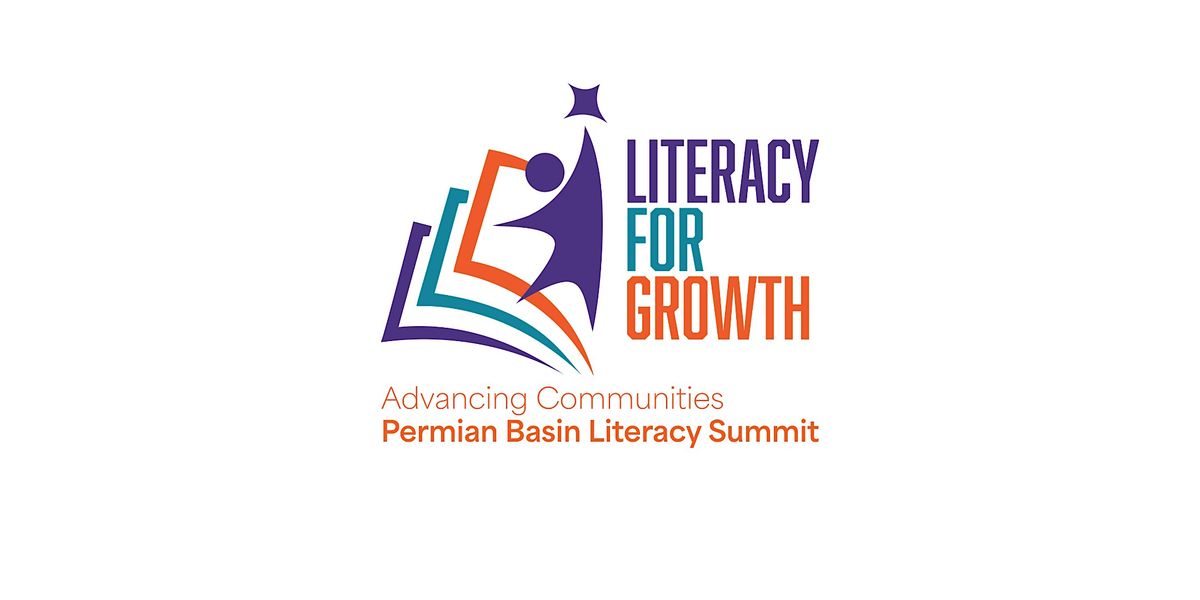Novel Workflow Using Core and Log T1T2 NMR for Shale Fluid Volume Analysis
Schedule
Tue Apr 22 2025 at 11:30 am to 01:00 pm
UTC-05:00Location
ConocoPhillips CC3 Building | Midland, TX

About this Event
Abstract:
The oil production in the U.S. is increasingly dependent on Shale and Tight assets. However, there are still many challenges associated with the exploration and exploitation of these reservoirs. Reliably characterizing fluid saturations and volume fraction of movable fluids can be difficult due to numerous factors including variable formation water salinity, complex lithology, thin-bedded nature of the formation, presence of organic and inorganic pore systems. Additionally, the accuracy of interpretation models is constrained by the limitations associated with available laboratory measurements. In tight formations, calibrating resistivity models can be very expensive and time consuming due to the intrinsic pore structure of the rocks. Measured saturation and porosity core data by Dean Stark and retort methods are very limited. Meanwhile the accuracy of these data is greatly affected by the fluid losses. To address these challenges, we developed a new workflow integrating experimental data at core and pore scales with T1T2 2D NMR log for improved field-scale characterization of fluid volumes.
The introduced workflow integrates interpretation of T1T2 NMR log with Scanning Electron Microscope (SEM) images, thin sections, and laboratory low-field NMR measurements. SEM images and thin sections are utilized for assessment of formation-by-formation pore size variations. From laboratory NMR measurements, we estimate the expected 2D NMR responses for water- and hydrocarbon-saturated samples. Then, we integrate the interpretation of these laboratory measurements with borehole NMR data. To accomplish this, we utilize a novel interpretation workflow that, first, approximates the 2D NMR measurements into a superposition of 2D Gaussian distributions. Next, we apply a clustering algorithm to the data space containing the T1/T2 mean values and amplitudes calculated for each Gaussians. And finally, we correlate the centroid of each cluster with the fluid and pore types identified in the laboratory.
We verified the reliability of this novel workflow on multiple wells, to cover several different shale and tight formations. We demonstrate that water and hydrocarbon fluid volumes estimated by the introduced workflow are consistent with the results obtained from Dean Stark and Retort methods. Furthermore, we verified that the average difference between volume fraction of water obtained from the interpretation of dielectric measurements and the new workflow is less than 1 p.u. In addition to more accurate fluid volumes quantification, the new workflow predicts the amount of movable water and hydrocarbon. These predictions have been confirmed by available production data.
The novel contribution from this workflow was to improve reliability and accuracy of the water and hydrocarbon saturation assessment in Shale and Tight reservoirs. A significant impact obtained from the application of the introduced workflow was the identification of multiple zones containing hydrocarbon that have not been previously identified with other interpretation techniques.
Agenda
🕑: 11:30 AM - 12:00 PM
Lunch
🕑: 12:00 PM - 12:50 PM
Technical Talk
🕑: 12:55 PM - 01:00 PM
Questions for Speakers
Where is it happening?
ConocoPhillips CC3 Building, 405 North Carrizo Street, Midland, United StatesEvent Location & Nearby Stays:
USD 7.77 to USD 48.19



















